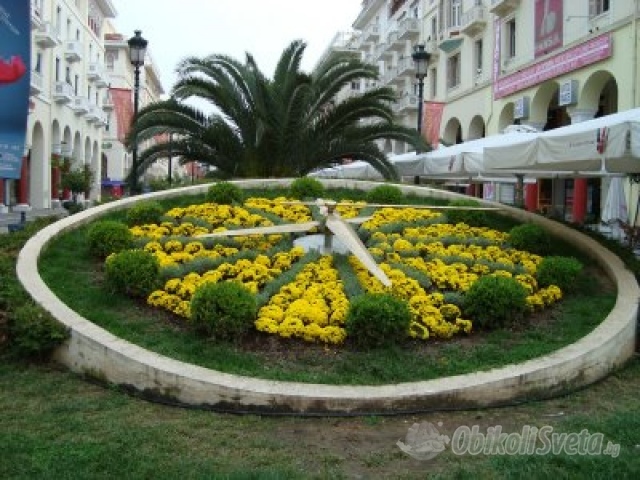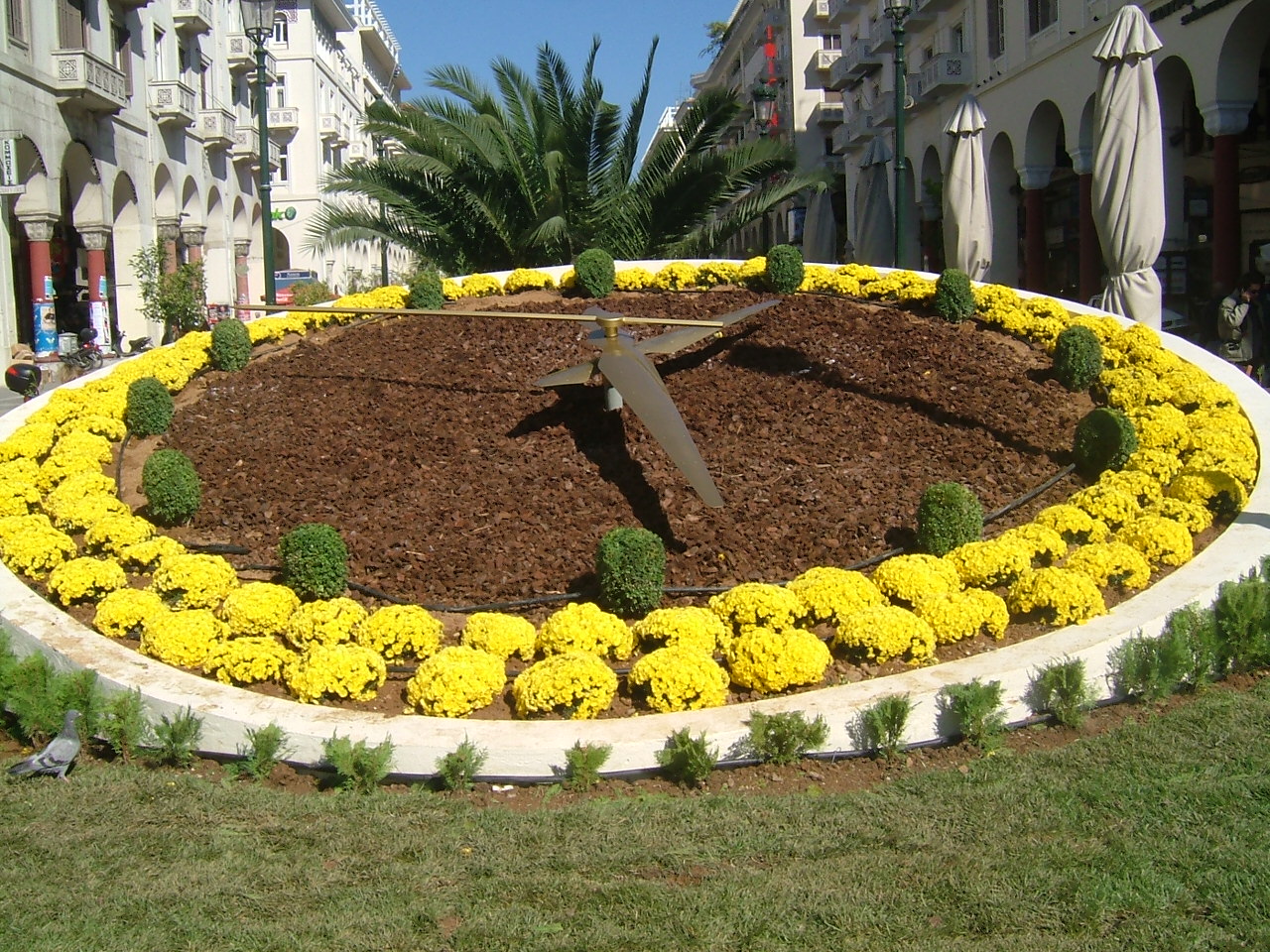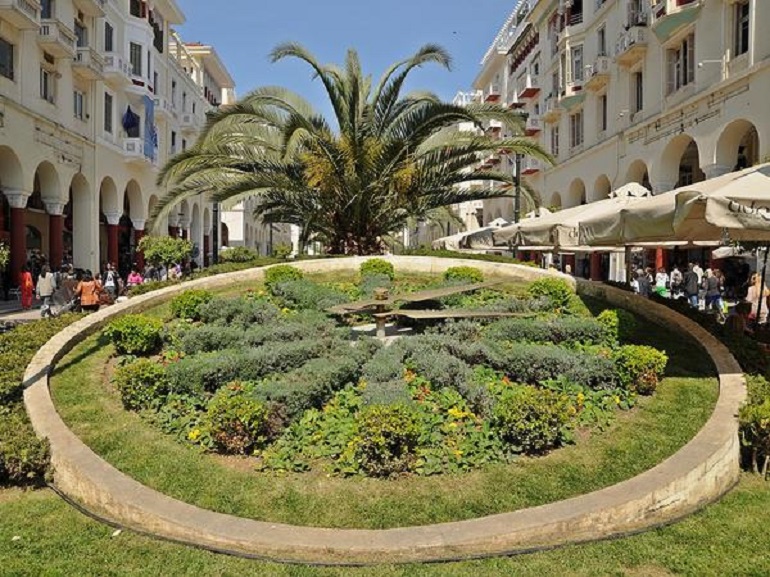A Love Hour on Aristotle Square
During the Great Fire in Thessaloniki in 1917, the largest part of the center of Thessaloniki was burnt. Prior to the fire, the city had more oriental elements in architectural terms (there are still some of them in the old city - Ano Poli) than any other city in Europe. During the Ottoman Empire, the city developed without a plan and had narrow streets.
Then the Prime Minister of Greece Elefterios Venizelos entrusted the creation of a new project and plan of the city to the team of architects headed by French architect Ernest Hebrard. He proposed and made a new plan by which Thessaloniki got a large number of squares, and the most famous among them is the Aristotle Square.
It was then called Alexander the Great square, and today it represents the symbol of Thessaloniki.
Among other things, there is a big flower clock or a love clock on the square today. Have you noticed him?
It was installed in 1970. It is a Swiss clock with a digital mechanism, controlled by satellite and synchronized with the Greenwich Observatory in London. The clock is always surrounded with beautiful seasonal flowers and it represents a place where tourists often take photos.













Post a Comment
NOTE
All your questions in the comments will receive an answer via email so check your inbox shortly after you posted comment. For more detailed questions and responses, contact us via mail nikana@nikana.gr.